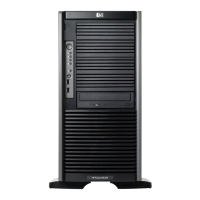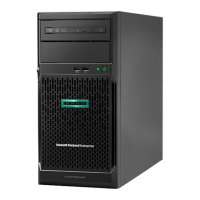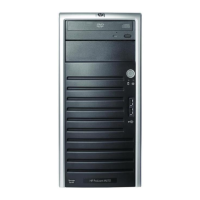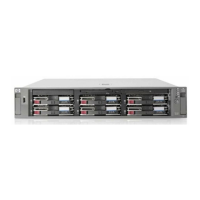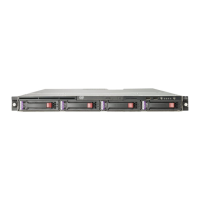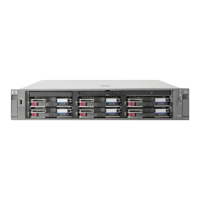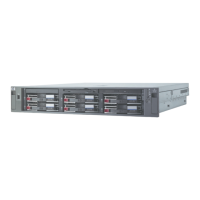manage the volumes residing on dynamic disks. Other options include the
ability to delete, extend, mirror, and repair these elements.
NOTE:
See the
Dynamic growth
section in the administration guide for additional
informationonLUNextensionandusebytheoperatingsystem.
Partitions
Par titions exist as either primary partitions or extended partitions and can
be composed of only one basic disk no larger than 2 TB. Basic disks can
also only contain up to four primary partitions, or three primary partitions
and one extended partition. In addition, the partitions on them cannot be
extended beyond the limits of a single LUN. Extended partitions allow the
user to create multiple logical drives. These partitions or logical disks can
be assigned drive letters or be used as mount points on existing disks. If
mountpointsareused,itshouldbenotedthatServicesforUNIX(SFU)
doesnotsupportmountpointsatthistime. Theuseofmountpointsin
conjunction with NFS shares is not suppor t ed.
Volumes
When planning dynamic d isks and volumes, there is a limit to the amount
of growth a single volume can undergo. Volumes are limited in size and
canhavenomorethan32separateLUNs,witheachLUNnotexceeding
2 terabytes ( TB), an d volumes totaling no more than 64 TB of disk space.
The RAID level of the LUNs included in a volume must be considered. All
of the units that make up a volume should have the same high-availability
characteristics. In other words, the units should all be of the same RAID
level. For example, it would be a ba d practice to include both a RAID 1+0
andaRAID5arrayinthesamevolumeset.Bykeepingalltheunitsthe
same, the entire volume retains the same performance and high-availability
characteristics, making managing and maintaining the volume much
easier. If a dynamic d isk goes offline, the entire volume dependent on the
one or m ore dynamic disks is unavailable. There could be a potential for
data loss depending on the nature of the failed LUN.
Volumes are created out of the dynamic disks, and ca n be expanded on
the fly to extend over multiple dynamic disks if t hey are spanned volumes.
However, after a t ype of volume is selected, it cannot be altered. For
example, a spanning volume cannot be altered to a mirrored volume
without deleting and recreating the volume, unless it is a simple volume.
Simple volumes can be mirrored or converted to spanned volumes. Fault
tolerant disks cannot be extended either. Therefore, selection of the volume
HPProLiantStorageServeruserguide
37
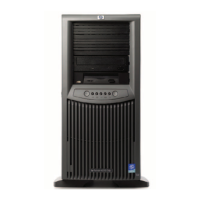
